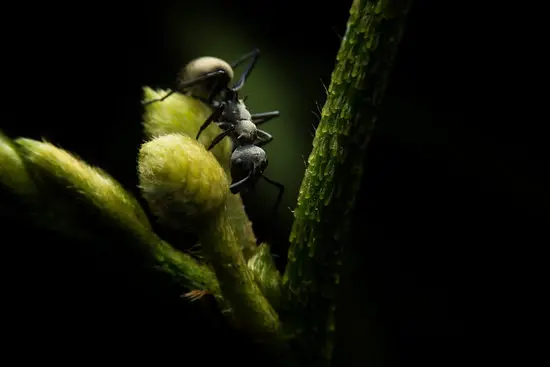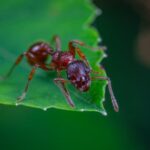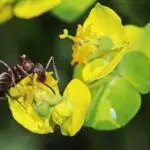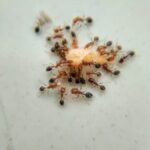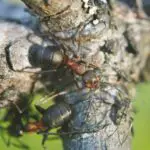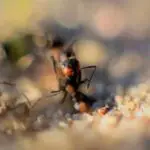How Are Ants So Smart?
Despite the fact that they are small and have no arms or thumbs, ants are extremely intelligent. The brain of an ant is smaller than the brain of a human and is composed of approximately 250,000 nerve cells. In addition, ants have a number of ganglia, which are organs that control one part of the body.
During foraging, ants use a number of cues to navigate. These include step-counting, wind direction, polarized light patterns, terrain texture, and visual panoramas. They also use pheromone gradients. The pheromones are chemicals that ants use to communicate. These signals combine with touch and body language to tell each other what is going on.
Ants are organized into colonies. These colonies are made up of thousands of ants, each with a small brain. Each ant has a task that is assigned to it. For example, an ant may be a forager, a worker, or a queen. Ants have also learned how to collectively form a system of castes.
Each ant has a specific role in the colony. Workers are responsible for building and maintaining the nest. The queen is the leader of the colony. Younger workers are responsible for maintaining the brood and reducing the risk of disease. Older worker ants taste food to determine if it is poisonous.
When an ant gets lost, it uses a technique called the Brownian walk strategy. The ant backtracks when it is likely to be farther than it’s nest. It does this to retrace its steps and find its way back to the nest.
